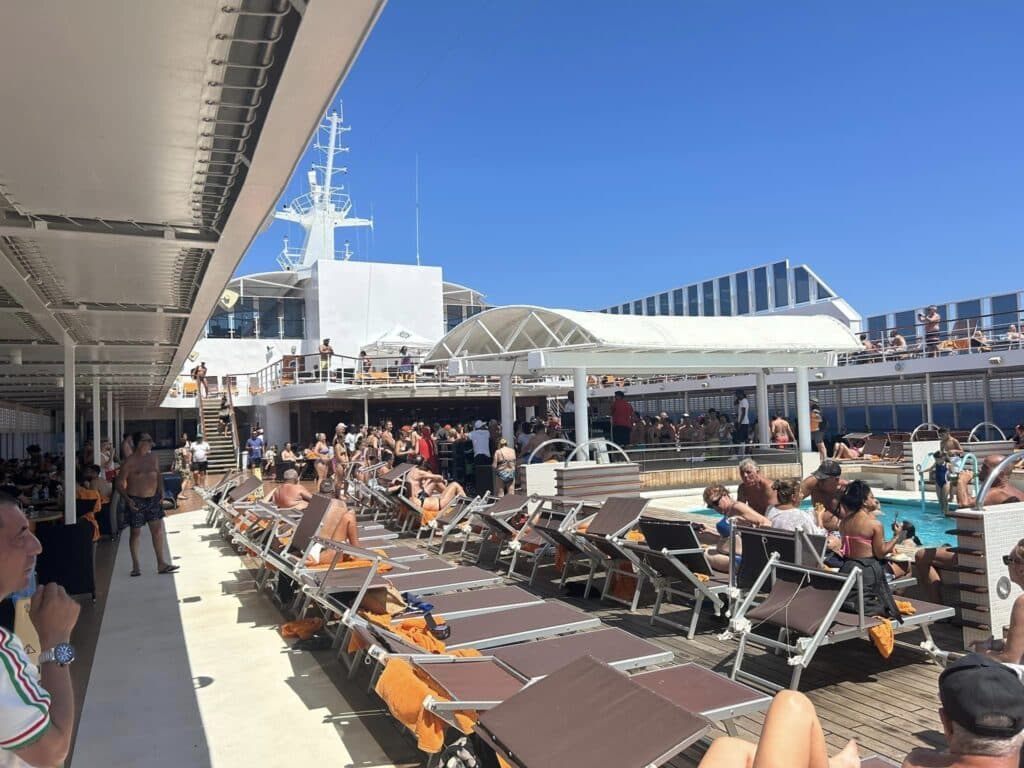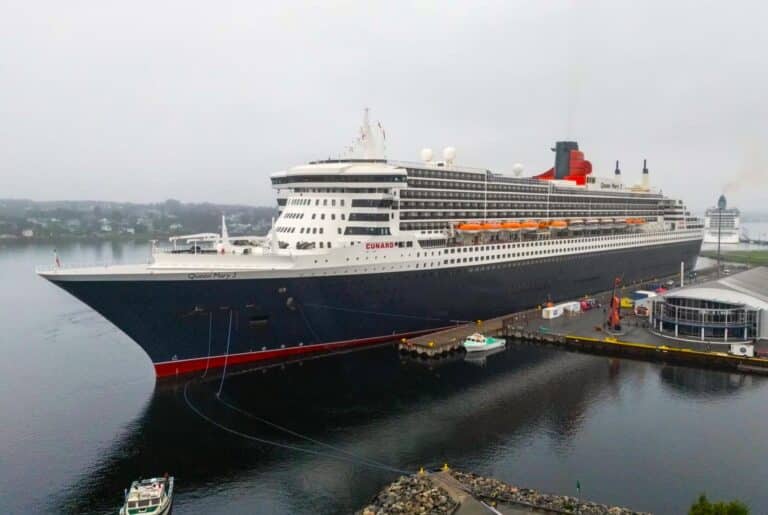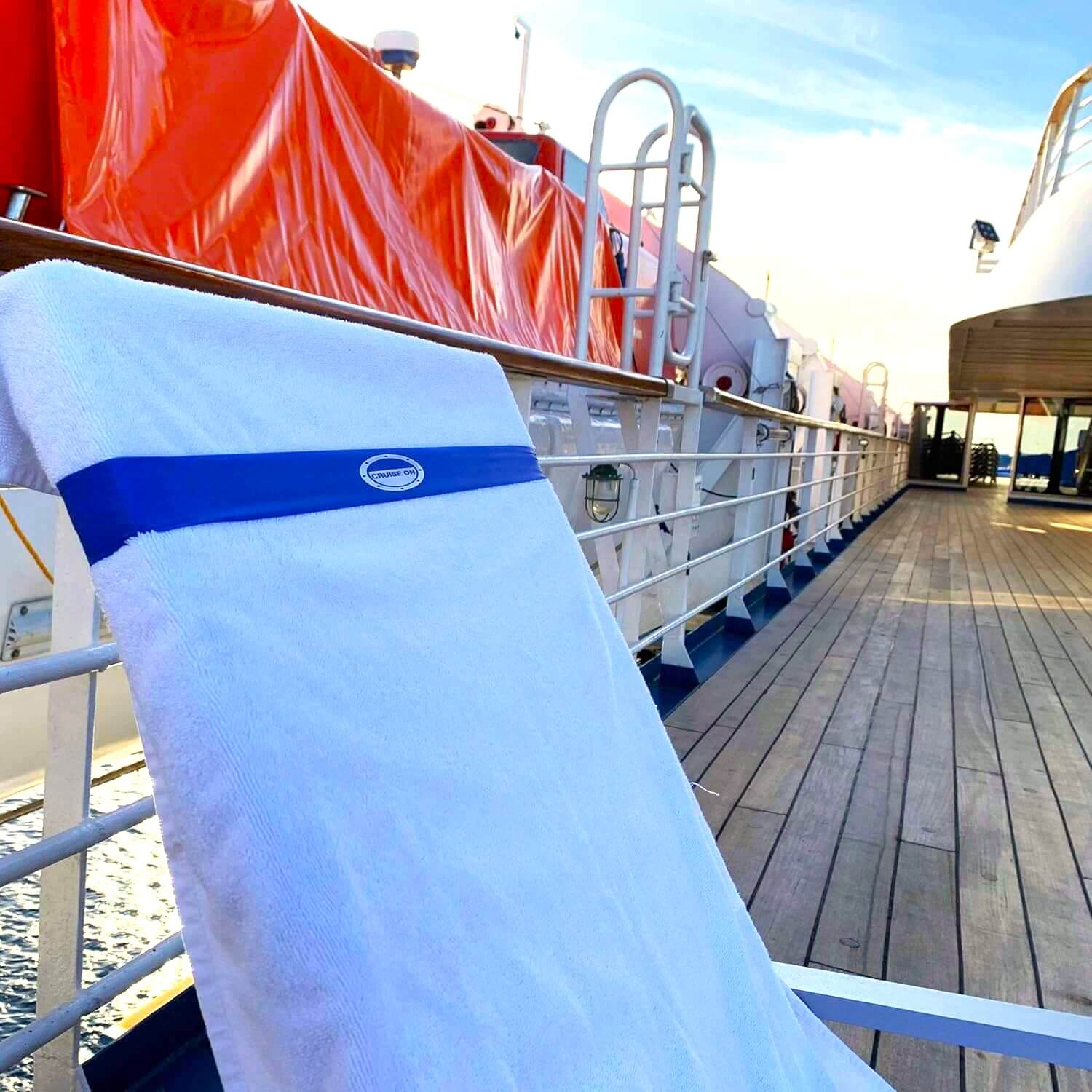The number of passengers on cruise ships continues to rise. After a forced stop during the pandemic, the numbers are absolutely encouraging.
According to the CLIA (Cruise Lines International Association), increasingly larger ships will allow an incredible number of people to travel by 2025, close to 37 million total passengers.
Despite these positive aspects, there is also another negative statistic that is on the rise.
In fact, outbreaks of gastrointestinal illness on cruise ships are always on the rise, and according to data reported by the U.S. Centers for Disease Control and Prevention (CDC), 2024 was the worst year in over a decade.
But why are these types of infections so common on cruises, and what can be done to prevent them?
Gastrointestinal Outbreaks at Sea

Most gastrointestinal outbreaks at sea are caused by a type of virus called Norovirus. It’s a very contagious type of pathogen that spreads, especially in enclosed and crowded places such as schools, hostels, and indeed even cruise ships.
Symptoms are those common to gastroenteritis and include nausea, vomiting, diarrhea, and abdominal cramps.
The illness usually has no serious consequences, and most people recover in 1-2 days without complications. Usually, the only necessary measure is to drink plenty of liquids to compensate for dehydration resulting from vomiting and diarrhea.
It’s interesting to report that norovirus outbreaks are much more common in the winter months, so you need to be more careful if you travel on a cruise during these periods.
What Can Be Done to Prevent Infection?

Although the symptoms are not severe, being unwell during your vacation (which you have probably been looking forward to for months) is definitely not a pleasant thing.
There are certainly some tricks that can help in lowering the chance of getting infected.
First, consider that the virus is highly infectious and can persist in the environment for up to two weeks after initial infection.
Transmission can occur directly from person to person, through infected water or food, but also through contact with contaminated surfaces.
However, in most documented cases, transmission occurred through consumption of contaminated water or food.
So always be careful about what you eat both on the cruise ship and when you go down to the ports, especially if you are visiting countries that have standards of cleanliness and food safety that are not very high.
In some countries, it’s best to stick to bottled water—and don’t forget to skip the ice!
Risky Foods

The riskiest foods are those that can come in contact with infected water, such as seafood (especially oysters), fresh vegetables, or berries.
If you are on vacation, it might be a good idea to avoid eating raw seafood, salads, and sprouts (unless you know they have been thoroughly washed), berries, and foods that are not well cooked.
In addition, remember that there are a whole range of measures on cruise ships to prevent infection from viruses. For example, there are disinfectant gel dispensers that you can always use, there are sinks where you can wash your hands before entering the buffet, and workers are always ready to sanitize the tables after use.
If you want to avoid getting sick, I also recommend that you read the specific article with the 10 Must-Know Tips to Avoid Getting Sick on Your Next Cruise.
Should I Be Afraid to Go on a Cruise?

Unless there are pre-existing health conditions, there is no risk in going on a cruise.
One thing to consider is that “outbreaks are found and reported more quickly on a cruise ship than on land,” as stated by the CDC.
But this doesn’t mean that infections are not frequent on land as well; they are simply detected and reported with more difficulty.
According to the NoroSTAT network, “The total number of outbreaks reported during the 2024–2025 seasonal year is above the range reported during the same period during the 2012–2020 and 2021-2024 seasonal years,” and this would also explain the increase that has been seen on cruise ships.
I have tried several of them but these are the most durable and sturdy.





